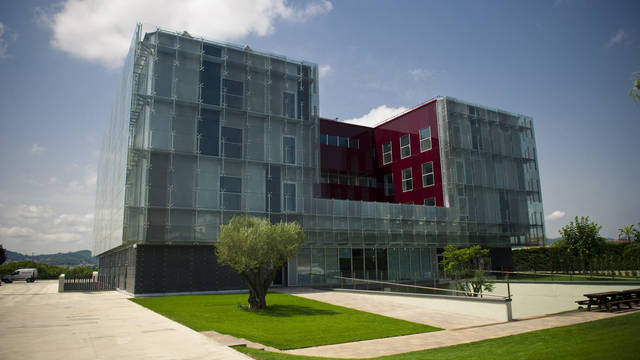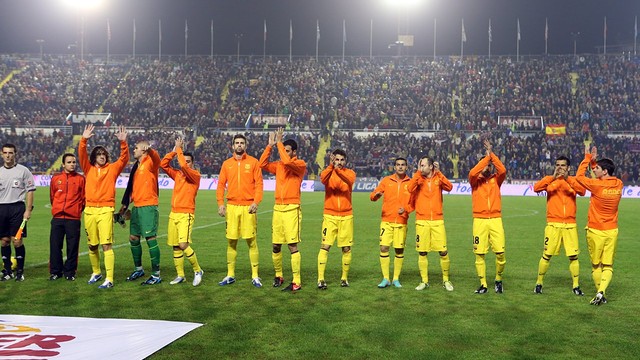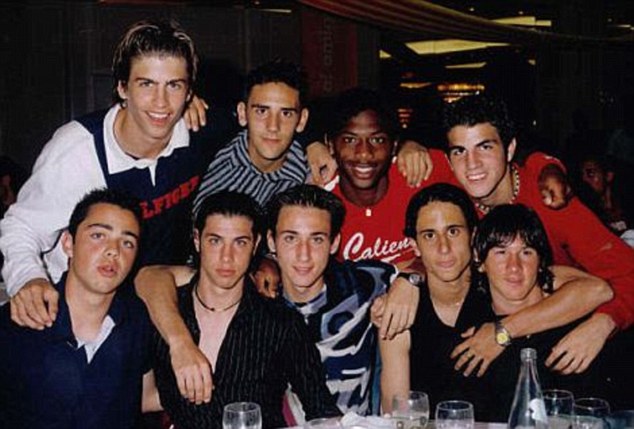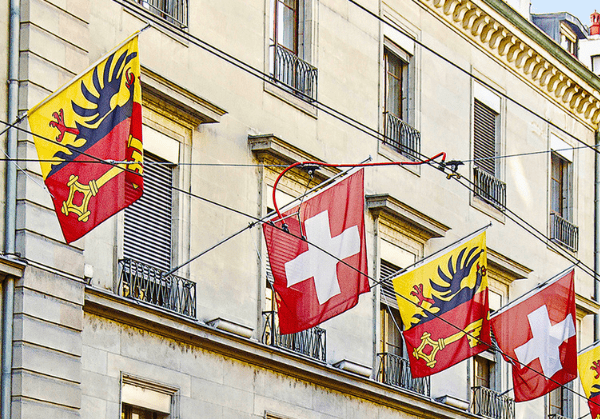What Goes on Behind the Doors of La Masía?
In keeping with the sports theme of the upcoming ON, today we’re going to look at La Masía (“The Farmhouse”, in English). The legendary FC Barcelona academy has given rise to stars such as Lionel Messi, Xavi Hernández and Gerard Pique; among countless others. Founded in 1979, La Masía is the renowned leader in developing football talent with 43 players currently in Europe’s top five leagues; 13 of which have continued into Barcelona’s first team. This might not sound like much, but consider that the second best academy, that of Manchester United, has only 36 players in the same leagues, with Real Madrid left in the dust with 34.
It is true that its graduates playing today seem like a golden generation, but the quality that has streamed out of Barcelona’s academy cannot be a coincidence. So, what makes La Masía special?


The newly refurbished training center. Source: FC Barcelona
Part of its success comes from its philosophy of instilling fluid movement and “Tiqui Taka” play; the same flair which impresses crowds every week in the first team. This is the style that youngsters of La Masía are taught from a young age, meaning that products of the academy work seamlessly together. Such is the quality and cohesion of its players, that Barcelona’s first team fielded a “La Masía 11” in 2012 who were well-connected and had been using the same footballing style for often over 10 years. This even expands into the Spanish national team. In the World Cup-winning starting 11 in 2010, a record-breaking six players came from La Masía. So important is this style that recent signings Luís Suarez, Ivan Rakitic and Neymar had to be extensively to be sure that they could fit Barça profile, despite their world-class reputations.
Aside from the structured style of play, the background research is intense, with constant-state-of-the-art updates such as a recent renovation of facilities and the introduction of an enormous computer database (COR) to individually analyze players as well as coaches against the ideal Barcelona training technique. Coaches keep a record of the smallest details of every player; from injuries to morale to technical areas to improve. Every player has individual attributes that need to be improved, so, for example, a central defender will have different priorities to a striker or even another player in his own position. This computerized form of following players’ progression is a far more intensive method than traditional, and still widely-used, verbal suggestions.
This success does not come cheaply, with 7.75 million being spent on it every year. However, considering the amount of players who succeed in the process and the amount of money that can be made from products of La Masía, the cost of its upkeep is negligible. The production line efficiency of talent that is means that the academy will continue to dominate until another puts the same amount of time and money into its youth squad. It is a perfect model of sustainability through investment in people; intricately training them to become world-class and creating a working squad where the best can blend with the best.
Read more about the importance of good business in sports in the next edition of ON.











